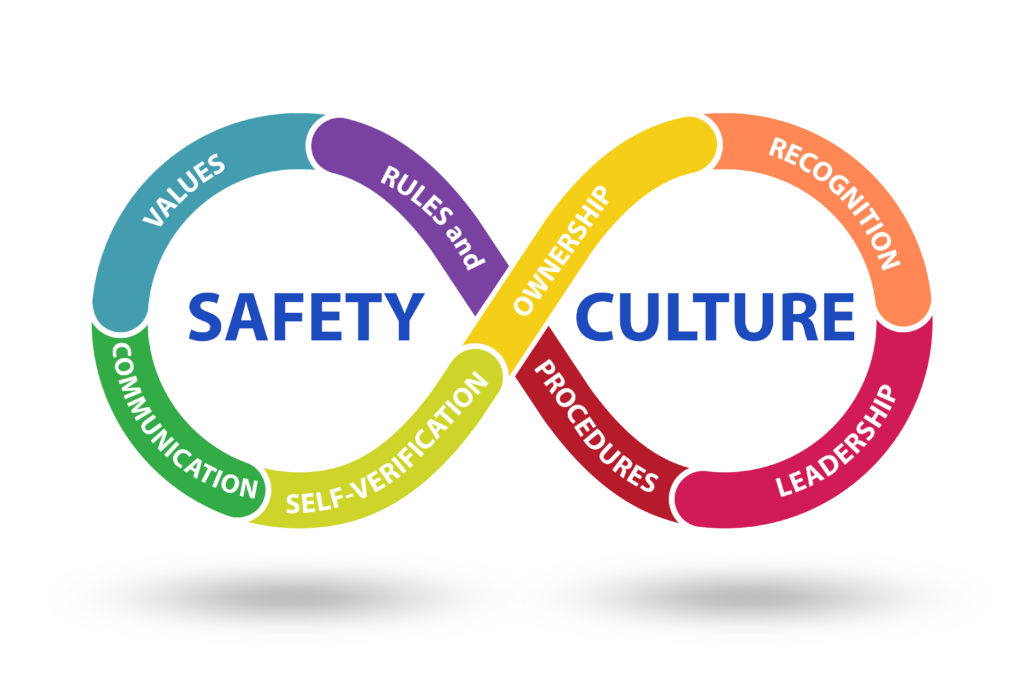
How to Create an Effective Safety Culture?
Creating an effective safety culture in skilled trades is crucial for the well-being of workers and the overall success of any project. Skilled tradespeople often work in high-risk environments where safety protocols are essential to prevent accidents and injuries. An effective safety culture not only protects workers but also enhances productivity, reduces downtime, and fosters a positive work environment. Here’s a guide on how to establish a robust safety culture in the skilled trades.
Commitment from Leadership
The foundation of a strong safety culture begins with commitment from the top. Leadership must prioritize safety and demonstrate this commitment through their actions and policies. When leaders actively participate in safety programs, regularly communicate the importance of safety, and allocate resources for safety initiatives, it sets a positive example for the entire workforce.
Develop Comprehensive Safety Policies
Creating comprehensive and clear safety policies is essential. These policies should cover all aspects of workplace safety, including the use of personal protective equipment (PPE), proper handling of tools and machinery, emergency procedures, and specific safety protocols for different tasks. Ensure that these policies are easily accessible to all employees and are regularly updated to reflect any changes in regulations or best practices.
Regular Training and Education
Continuous training and education are key to maintaining a high level of safety awareness among workers. Offer regular training sessions that cover both general safety practices and job-specific hazards. Utilize various training methods, such as hands-on demonstrations, workshops, and online courses, to cater to different learning styles. Reinforce the training with frequent refresher courses to keep safety top-of-mind.
For more specialized and interactive training, consider using resources like XLR8ed Learning, which offers tailored safety training programs designed to meet the unique needs of skilled trades.
Encourage Open Communication
Creating an environment where workers feel comfortable discussing safety concerns without fear of reprisal is vital. Encourage open communication by establishing regular safety meetings where employees can voice their concerns, share ideas for improving safety, and discuss any incidents or near-misses. An open dialogue helps identify potential hazards early and fosters a collaborative approach to safety.
Implement a Safety Reporting System
A systematic approach to reporting and addressing safety issues is crucial. Implement a user-friendly safety reporting system that allows workers to easily report hazards, incidents, or near-misses. Ensure that reports are taken seriously and that prompt corrective actions are taken. This system not only helps in identifying and mitigating risks but also demonstrates the company’s commitment to safety.
Promote a Positive Safety Culture
A positive safety culture goes beyond compliance; it’s about fostering an environment where safety is ingrained in every aspect of the job. Recognize and reward safe behavior, celebrate safety milestones, and create safety champions within the team who can lead by example. When safety becomes a core value shared by all employees, it leads to a more proactive approach to preventing accidents.
Conduct Regular Safety Audits
Regular safety audits and inspections are essential for maintaining a safe working environment. These audits help identify potential hazards, ensure compliance with safety regulations, and evaluate the effectiveness of existing safety measures. Use the findings from these audits to continuously improve safety protocols and address any gaps.
Invest in Safety Equipment and Technology
Providing the right tools and equipment is critical for ensuring safety. Invest in high-quality PPE, maintain machinery regularly, and explore the use of technology, such as wearable safety devices and automation, to reduce risk. Keeping up with the latest advancements in safety equipment can significantly enhance protection for workers.
Foster a Culture of Continuous Improvement
Safety culture is not a one-time initiative but an ongoing process of improvement. Encourage workers to be vigilant and continuously seek ways to enhance safety. Solicit feedback on safety practices, stay updated with industry best practices, and be willing to adapt and implement new safety strategies.
Lead by Example
Finally, leading by example is one of the most effective ways to promote a safety culture. When leaders and supervisors consistently follow safety protocols, use PPE correctly, and prioritize safety in their daily activities, it sets a standard for everyone else to follow. Leadership behavior significantly influences the safety behavior of workers.
Conclusion
Creating an effective safety culture in skilled trades requires commitment, communication, and continuous improvement. By prioritizing safety at all levels of the organization, providing regular training, and fostering an environment where safety is a shared responsibility, you can protect your workforce and enhance productivity.
For specialized safety training tailored to skilled trades, consider exploring the comprehensive programs offered by https://xlr8edlearning.ca/. Investing in quality training is a crucial step towards building a robust safety culture.
Start building a safer workplace today with the right tools, training, and mindset. Your commitment to safety not only protects your workers but also strengthens your business.



